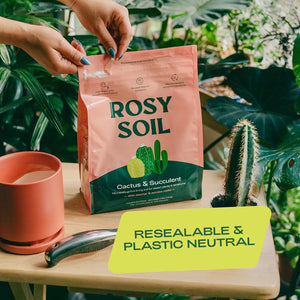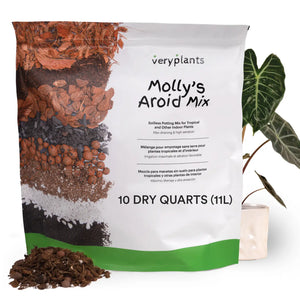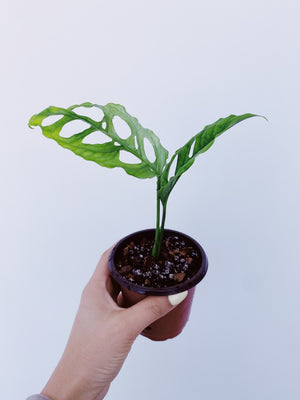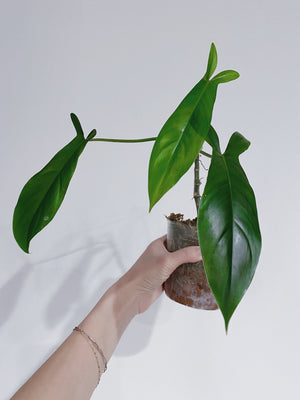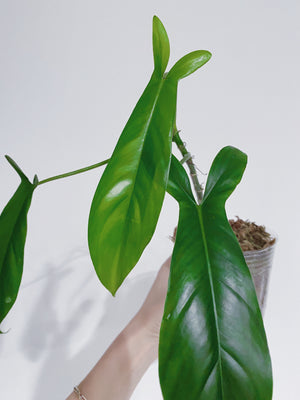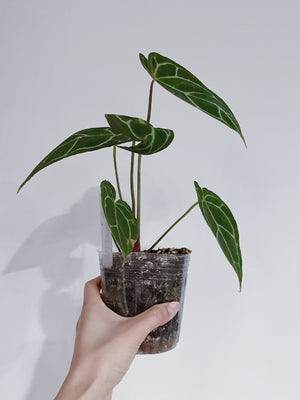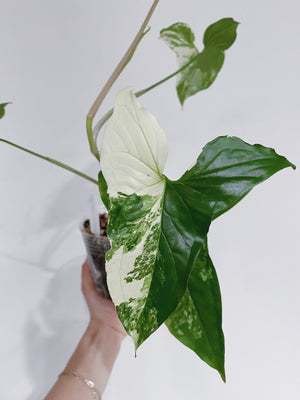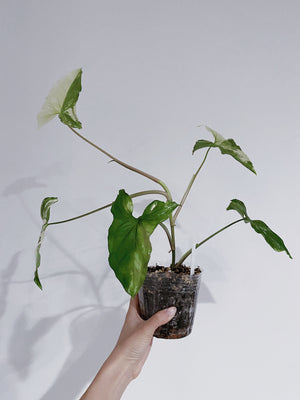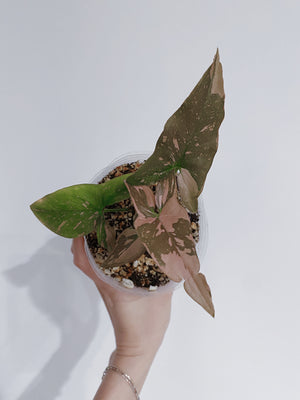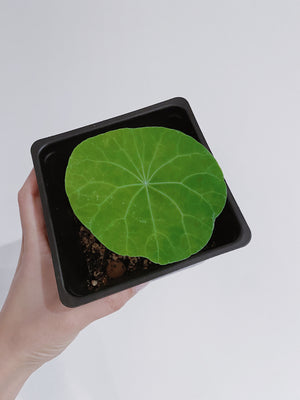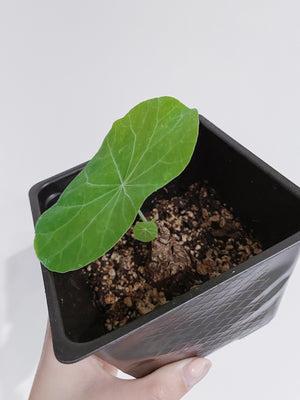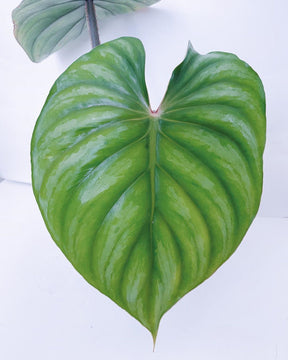Chinese Money Plant 101 - How to Care for Pilea Peperomioides
 Chinese Money Plant/Pilea Peperomioides @RootedHues
Chinese Money Plant/Pilea Peperomioides @RootedHues
The Chinese Money Plant has become a popular addition to many households, and for great reasons!
Also known as pilea peperomioides, this evergreen perennial is believed in many Asian cultures to bring good luck and wealth and is native to the Yunnan Province of China. It also has many other names, such as the UFO plant, the Pancake plant and even the lefse plant. The "Money Plant" name stems from (pun intended) the appearance of their striking seed pods. They are round in shape and silver in color. They actually look like silver coins!
In this Chinese Money Plant guide, we'll break down the basics and tips for taking care of this cute plant.
Advantages of Owning the Chinese Money Plant
✓ It is extremely easy to care for.
✓ It is tolerant and perfect for beginners; you shouldn’t experience too many issues with this plant.
✓ These plants grow very quickly if they are placed in the correct lighting.
✓ Need a gift for a friend? This plant is one of the easiest to propagate and makes a beautiful and unique gift.
Care Guide- The Basics
While your Pilea Peperomioides may be an easy plant to look after, it still needs some TLC! Like all plants, the Chinese Money Plant has some specific requirements to help it thrive and with a bit of attention, it can easily become the jewel in your home plant collection.
Lighting
Many care guides will tell you to keep this plant out of direct sunlight.
The Chinese Money plant won’t tolerate excessive UV light, but it’s fond of being in a bright spot. Instead of the windowsill, a bright spot on a shelf is ideal for keeping this plant healthy.
Hot & Humid or Cool & Dry?
Pilea peperomioides is a sturdy little one and can grow happily in an environment that is about 23 degrees Celsius or 67-75 degrees Fahrenheit. It also does well in a drier room and doesn’t need any added humidity to thrive. However, many growers find that misting around the plant 2-3 times a week helps with water absorption and prevents the plant from drying out.
Soil & Water for Pilea Care
When choosing soil for your Chinese Money Plant, a standard or all-purpose potting mix is best. But the brand you choose does need to retain water as this is a thirsty plant, so avoid porous mixes.
As with almost every plant during warmer temperatures, you will need to water your pilea peperomioides a few times each week and about once a week during cooler weather.
Slow Grower or Sprinter?
The pilea plant is a fast grower if the conditions are right- it can reach heights of 8-12 inches, and those gorgeous saucer shaped leaves can grow to 4 inches in diameter. To ensure your Chinese Money Plant does not grow lopsided, be sure to rotate it about a minimum of twice a month.
Pilea Care & Potting
As mentioned earlier, this plant needs a soil that is not overly porous as it is a thirsty plant. However, to avoid root rot, you will need to get a pot for your pilea plant that has drainage holes, to allow excess water to collect in a tray under the pot- too much water can be a bad thing!
Outgrown its Pot?
As the Chinese Money Plant is often sold in a juvenile form, during its first few months with you, it will probably outgrow its pot.
Gently ease it out of the current holder and place it into a pot that is a maximum of 2 sizes bigger. Ensure you have put some potting mixture into the new pot beforehand, so the roots can grow.
Propagation & Pruning
If your pilea care is top-notch, soon the mother plant will begin to grow plantlets from the roots and the stems.
Once these plantlets have grown a few leaves of their own, they will also have their own root system. Simply cut them away from the mother stem and put them into a pot of their own. It really is as easy as that!
Pruning
It is best to prune your pilea plant in winter when it is dormant. Use a pair of sharp garden clippers to remove any unwanted growths, browning leaves, or stems, to keep your pilea happy and healthy.
Common Issues
While the Pilea plant is an easy going one, it can still run into its own issues. These are typically easy to resolve and don’t require a PhD in Horticultural Studies to do so!
Curling Leaves
- Most Likely Cause: Too much sunlight, overwatering or draft.
- Resolution: Move to a shadier spot, cut back on water/ ensure the plant has adequate drainage and move away from draft to higher and warmer location.
Losing Leaves
- Most Likely Cause: Overwatering
- Resolution: Cut back on watering and provide additional drainage holes.
Brown Spots
- Most Likely Cause: Sunburn, cold damage.
- Resolution: Move out of direct sunlight, move to a warmer location in home.
Drooping Leaves
- Most Likely Cause: Dehydration
- Resolution: Increase weekly watering.
Bugs!
- Most Likely Cause: Spider mites, mealy bugs, or fungus gnats.
- Resolution: Treat your pilea plant with insecticidal soap for indoor houseplants.
Root Rot
- Most Likely Cause: Excessive watering and poor drainage.
- Resolution: Cut back on watering and move pilea plant to a pot with drainage holes. Ensure that soil has adequate drainage for your Chinese Money Plant. Trim rotted roots if possible and aim to take a healthy cutting in case your plant doesn’t survive.
And that's pretty much it! Pilea care is extremely easy and using the tips above, you should have a healthy plant for years to come.
Enjoy your Pilea money plant!
Written byElizabeth O'Brien

